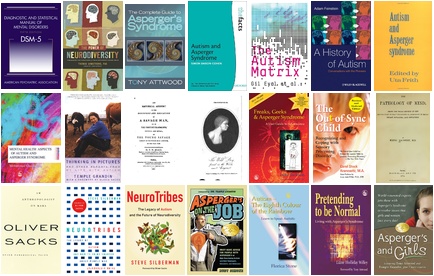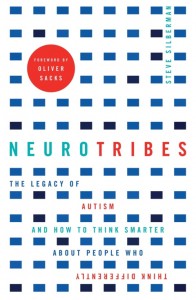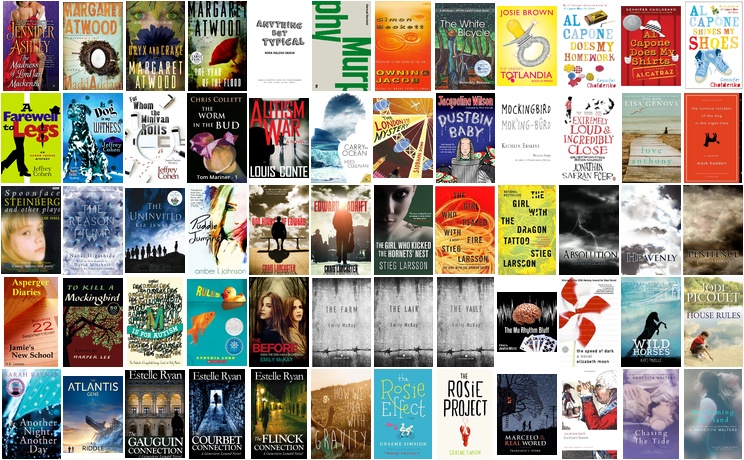 This is a collection of mainstream feature films about autism or featuring characters with an autism spectrum diagnosis. In some cases the audience has stated a belief that a character is autistic, even though this is not explicit in the film. A link to the Internet Movie Database and to a relevant Wikipedia article is provided for every film, and my own comments if I have seen it.
This is a collection of mainstream feature films about autism or featuring characters with an autism spectrum diagnosis. In some cases the audience has stated a belief that a character is autistic, even though this is not explicit in the film. A link to the Internet Movie Database and to a relevant Wikipedia article is provided for every film, and my own comments if I have seen it.
I am interested in films that portray autism in realistic ways, or at least in useful ways. Hollywood and Bollywood films play to exceptionalism and tragedy more than printed fiction, and a disabled hero overcoming tragedy has lead to several Oscar successes. As with films about other oppressed groups, it is common to use autism or an autism cocktail as a backdrop to a self-sacrificing saviour – an even surer route to Oscar success in creating a feel-good film that the oppressing majority can be comfortable with.
 “I am incredibly disciplined in the diagnostic classifications in my research, but in my private practice, I’ll call a kid a zebra if it will get him the educational services I think he needs.” – Judy Rapoport, a senior child psychiatrist at the National Institutes of Health, in
“I am incredibly disciplined in the diagnostic classifications in my research, but in my private practice, I’ll call a kid a zebra if it will get him the educational services I think he needs.” – Judy Rapoport, a senior child psychiatrist at the National Institutes of Health, in 
 This is an important book and, above all, a book of the now — some commentators have talked about the creation of a “pre-Neurotribes” and a “post-Neurotribes” public understanding of autism, which is probably correct. The amalgamation of Asperger syndrome into autism spectrum disorder within the DSM-5 in 2013 rewrote the definition of autism and Steve Silberman delineates the new landscape of the autistic spectrum and its population.
This is an important book and, above all, a book of the now — some commentators have talked about the creation of a “pre-Neurotribes” and a “post-Neurotribes” public understanding of autism, which is probably correct. The amalgamation of Asperger syndrome into autism spectrum disorder within the DSM-5 in 2013 rewrote the definition of autism and Steve Silberman delineates the new landscape of the autistic spectrum and its population.



